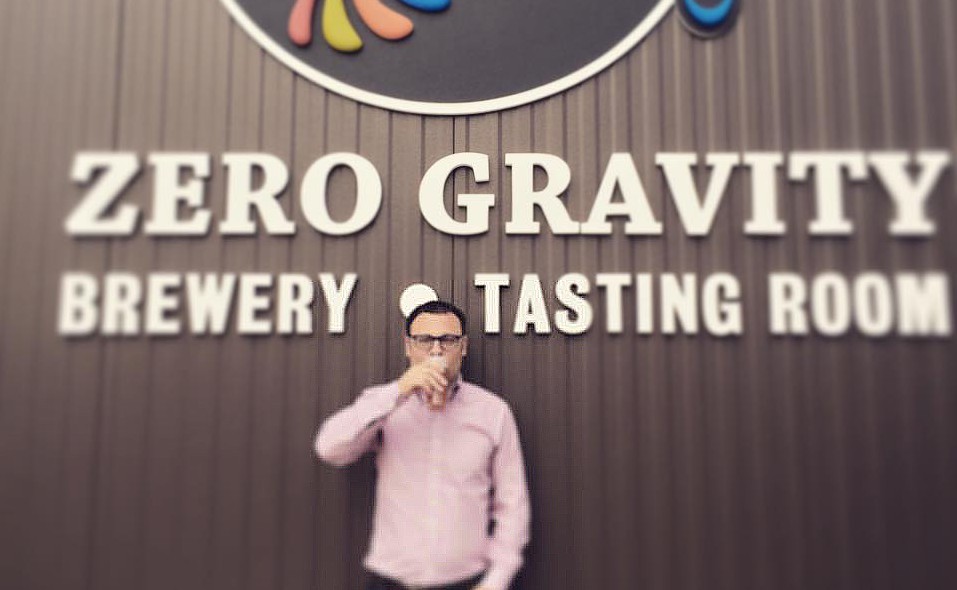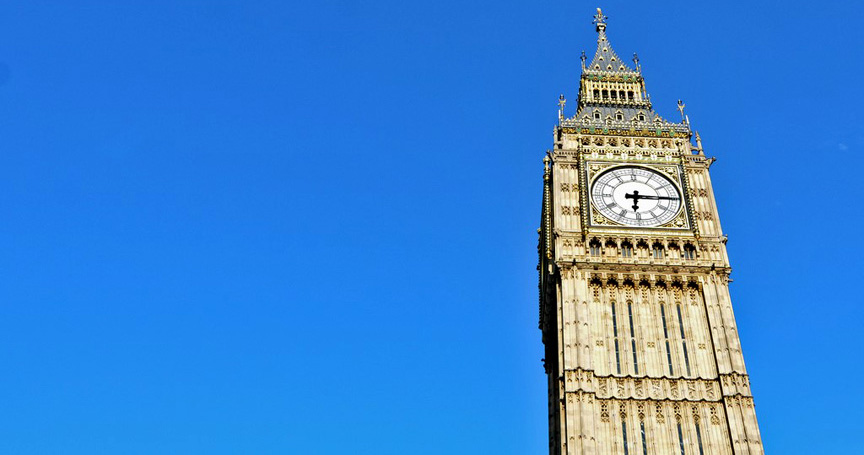Photo: Ryan Chaffin, Marketing Director of Farrell Distribution.
By Tera Dacek
The three-tier system of alcohol distribution has been around since the repeal of prohibition,and it’s safe to say it will be around for a while.
According to the three-tier system, there are three key players in the sale of alcohol before it reaches the consumer:
1. The producer (brewery, winemaker distillery, or importer)
2. The wholesale distributor
3. The retailer (store, bar, or restaurant)
Part of the distributor’s role includes building relationships with retailers and selling their portfolio of brands. However, they rely heavily on the brands they sell for support, especially in a competitive craft beer marketplace such as Vermont. Not only do distributors rely on brands to create hype and awareness, they also want brands to work alongside them out in the market.
How can alcohol distributors build relationships with brands?
The distributor is technically selling and delivering the liquid to an account, but it takes both the distributor and the brand to work together to be successful. For example, brewery staff members telling their story and sharing their passion for what they do directly to an account can make all the difference.
According to Ryan Chaffin, the marketing director for Farrell Distribution and an instructor for the UVM Business of Craft Beer Program, “It’s a balance between the brand and the distributor; the brands that are out in the market more, establishing relationships alongside the distributor or sales team, forge a bond that directly impacts their market presence.”
Although the relationships built within the market play a vital role in driving sales, it may not be humanly possible for some brands to visit every retailer alongside their distributor. Luckily, we know that there are other ways brands can reach the market to tell their story. Depending on the brand’s resources and marketing plan, tools such as POS (point of sale) and merchandise, sampling events, event sponsorships, and social media are all ways a brand can elevate their awareness and generate excitement in a market.
Chaffin adds, “It is critical to be at events that you and your distributor feel are the right brand fit, which includes evaluating the event’s demographic, cost, and whether it will help meet the goals of the distributor and brand.” Chaffin also believes a brand’s social media has an impact on their buzz within the marketplace and can affect sell-through at retail if not done to support a launch.
Examples of success
So who is doing it right? Due to Chaffin’s role, he was unable to name any brands specifically (rightfully so), but he did add, “The most successful brands in craft beer are actively engaged in the market, talking and visiting with retailers, and executing events that fit their brand vision. These brands are eager to tell their story and sample their world-class beers. They are working hand in hand with their distributor, evaluating what is working and what needs to be adjusted in regards to the market strategy, and they are aligned on expectations and goals.”
Tera Dacek is a consultant and freelance writer. She most recently worked as Marketing Manager for Alchemy and Science. When she unplugs, she can be found at her local mountain or one of the many wonderful breweries in her home state of Vermont.





